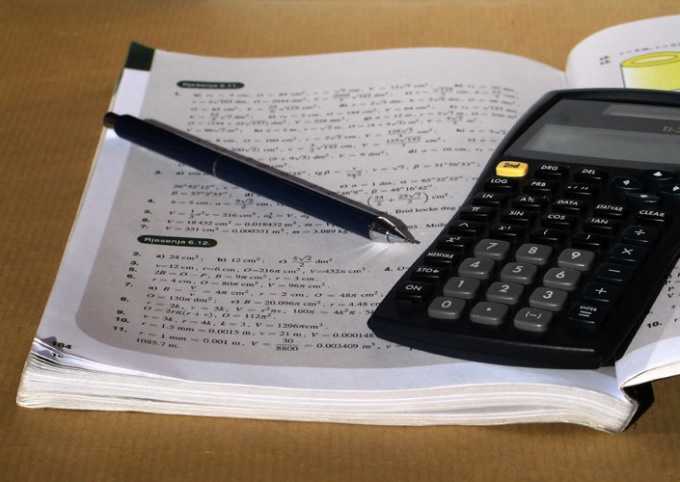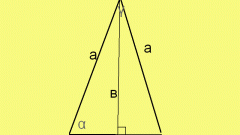Instruction
1
If the coordinates of the vertices of this triangle in two-dimensional decordova space, first make a matrix of the differences of values of coordinates of points lying at the vertices. Then use the determinant of the second order for the resulting matrix - it is equal to the vector product of two vectors constituting the sides of the triangle. If we denote the coordinates of the vertices as A(X₁, Y₁), B(X₂, Y₂) and C(X₃, Y₃), the formula for the area of the triangle can be written as: S=|(X₁-X₃)•(Y₂-Y₃)-(X₂-X₃)•(Y₁-Y₃)|/2.
2
For example, let the coordinates of the vertices of the triangle on the two-dimensional plane: A(-2, 2), B(3, 3) and C(5, -2). Then, substituting numerical values of variables in the previous step formula, you get: S=|(-2-5)•(3-(-2))-(3-5)•(2-(-2))|/2=|-7•5-(-2)•4|/2=|-35+8|/2=27/2=13,5 inches.
3
You can act differently - first, calculate the lengths of all sides and then use Heron's formula, which determines the area of a triangle through the length of its sides. In this case, first find the lengths of the sides using the Pythagorean theorem for the right triangle composed of the side (hypotenuse) and the projections on each side of the axes (sides). If we denote the coordinates of the vertices as A(X₁, Y₁), B(X₂, Y₂) and C(X₃, Y₃), the lengths of the sides are: AB=√((X₁-X₂)2+(Y₁-Y₂)2), BC=√((X₂-X₃)2+(Y₂-Y₃)2), CA=√((X₃-X₁)2+(Y₃-Y₁)2). For example, for the coordinates of the vertices of the triangle given in the second step, these lengths will be AB=√((-2-3)2+(2-3)2)=√((-5)2+(-1)2)=√(25+1)≈5,1, BC=√((3-5)2+(3-(-2))2)=√((-2)2)+52)=√(4+25)≈5,36, CA=√((5-(-2))2+(-2-2)2)=√(72+(-4)2)=√(49+16)≈8,06.
4
Find properiter, folding the now known lengths of the sides and dividing the result by two: p=0,5•(√((X₁-X₂)2+(Y₁-Y₂)2)+√((X₂-X₃)2+(Y₂-Y₃)2)+√((X₃-X₁)2+(Y₃-Y₁)2)). For example, the lengths of the sides calculated in the previous step, properiter will be approximately equal to p≈(5,1+5,36+8,06)/2≈9,26.
5
Calculate the area of a triangle by Heron's formula S=√(p(p-AB)(p-BC)(p-CA)). For example, for a sample of previous steps: S=√(9,26•(9,26-5,1)•(9,26-5,36)•(9,26-8,06))=√(9,26•4,16•3,9•1,2)=√180,28≈13,42. As you can see, the result is eight-hundredths different from that obtained in the second step is the result of the rounding used in the calculations in the third, fourth and fifth steps.




